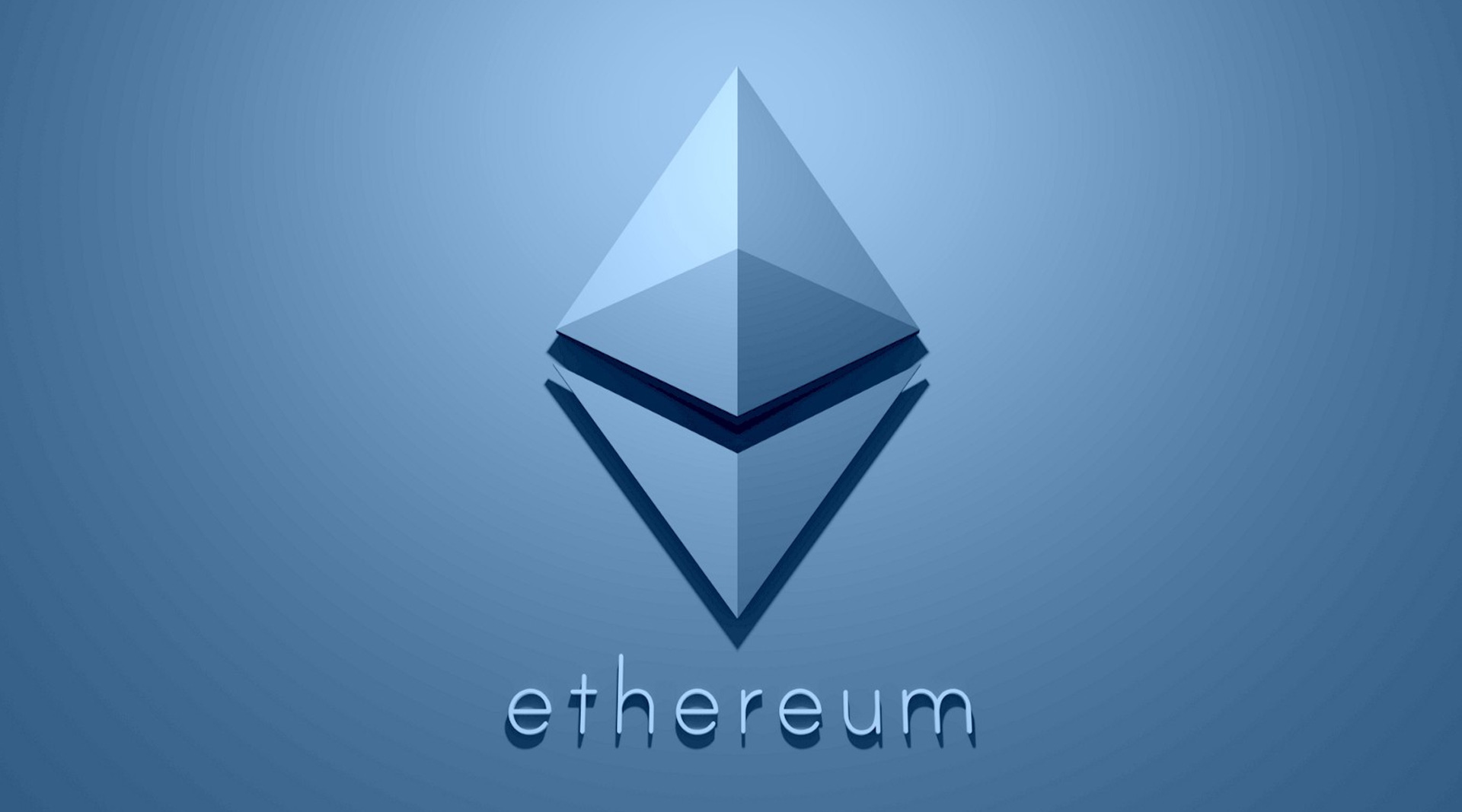A new era for the second-largest blockchain has begun with the completion of the Ethereum merger.
The historic upgrade, which offers enormous environmental advantages, displaces the miners who formerly powered the blockchain.
After years of development and delay, the enormous Ethereum redesign known as the merge has finally taken place, transferring the digital machinery at the center of the second-largest cryptocurrency to a system that uses a great deal less energy.

It was no easy task to switch from proof-of-work to proof-of-stake, two different ways to operate a blockchain. “The metaphor that I use is this idea of switching out an engine from a running car,” said Justin Drake, a researcher at the non-profit Ethereum Foundation who spoke before the Ethereum merge happened. “I like to think of it as kind of like the switch from gasoline to electric.”
The potential reward is enormous. Now, Ethereum should use 99.9% less energy. From the standpoint of energy costs, one assessment compares it to Finland abruptly shutting off its power grid.
The network, which supports a $60 billion ecosystem of cryptocurrency exchanges, lending organizations, non-fungible token (NFT) marketplaces, and other apps, will become more secure and scalable, according to Ethereum’s developers.

The assumption that Ethereum, the second-largest cryptocurrency after bitcoin (BTC), would eventually make this changeover was present from the beginning. The current market value of its ether (ETH) token is close to $200 billion. However, the transition required a difficult technological effort, one that was so dangerous that many questioned whether it would even succeed.
“There’s a part of me which hasn’t completely realized that this is actually happening,” Drake said. “I’m somewhat in denial, you know, because I’ve trained myself to just expect it to happen in the future.”
Ethereum merge officially kicked in at 2:43 AM EST
Over 41,000 people were watching a “Ethereum Mainnet Merge Viewing Party” on YouTube when the merge started at 2:43 AM EST, waiting with bated breath as key metrics trickled in indicating that validators, the administrators of Ethereum’s new proof-of-stake network, were acting as expected and adding new transactions to the blockchain’s ledger. The Ethereum merge “finalized” after roughly 15 arduous minutes, at which point it could be formally hailed a success.

Crypto investors, enthusiasts, and skeptics have been eagerly watching the update, which reduces the network’s dependency on the resource-intensive process of cryptocurrency mining, for the effects it is anticipated to have on the larger blockchain sector.
ETH was trading at $1,594 soon after the merge, down around 0.81% over the previous 24 hours.
The fact that the update may have been one of the biggest open-source software projects in history and required collaboration between dozens of teams and hundreds of individual academics, developers, and volunteers added to its complexity.
Will Ethereum merge allow mining?
With smart contracts, or computer programs that effectively exploit the blockchain as a global supercomputer, recording data onto its network, Ethereum, announced in 2015, built upon the fundamental ideas of Bitcoin. Decentralized financing (DeFi) and NFTs, the key drivers of the most recent crypto bubble, were made possible by this breakthrough.
As a result of the Ethereum merge, crypto’s proof-of-work system, which included crypto miners competing to add transactions to its ledger and earning incentives for doing so by cracking codes, is no longer in use.

The majority of cryptocurrency mining currently takes place in “farms,” but factories might be a better description. Imagine huge warehouses filled with rows of computers stacked on top of one another like bookcases in a university library, each one scorching to the touch from the strain of producing cryptocurrency.
This method, which was invented by Bitcoin, is what made Ethereum consume so much energy and is to blame for the blockchain industry’s image as a threat to the environment.
The new proof-of-stake Ethereum protocol completely eliminates mining. Validators, who “stake” at least 32 ETH to an address on the Ethereum network where they can neither be bought nor sold, take the place of miners.
Similar to lottery tickets, these staked ETH tokens: A validator’s chances of having one of its tickets picked and being able to add a “block” of transactions to Ethereum’s digital ledger increase with the amount of ETH they bet.
The Beacon Chain, a proof-of-stake network that Ethereum launched in 2020, served only as a staging location for validators to prepare for the switch up until the Merge. The Beacon Chain and the Ethereum main network were combined in order for Ethereum to switch to proof-of-stake.
Do you know Meta Community Chats will let users organize chats into categories?





